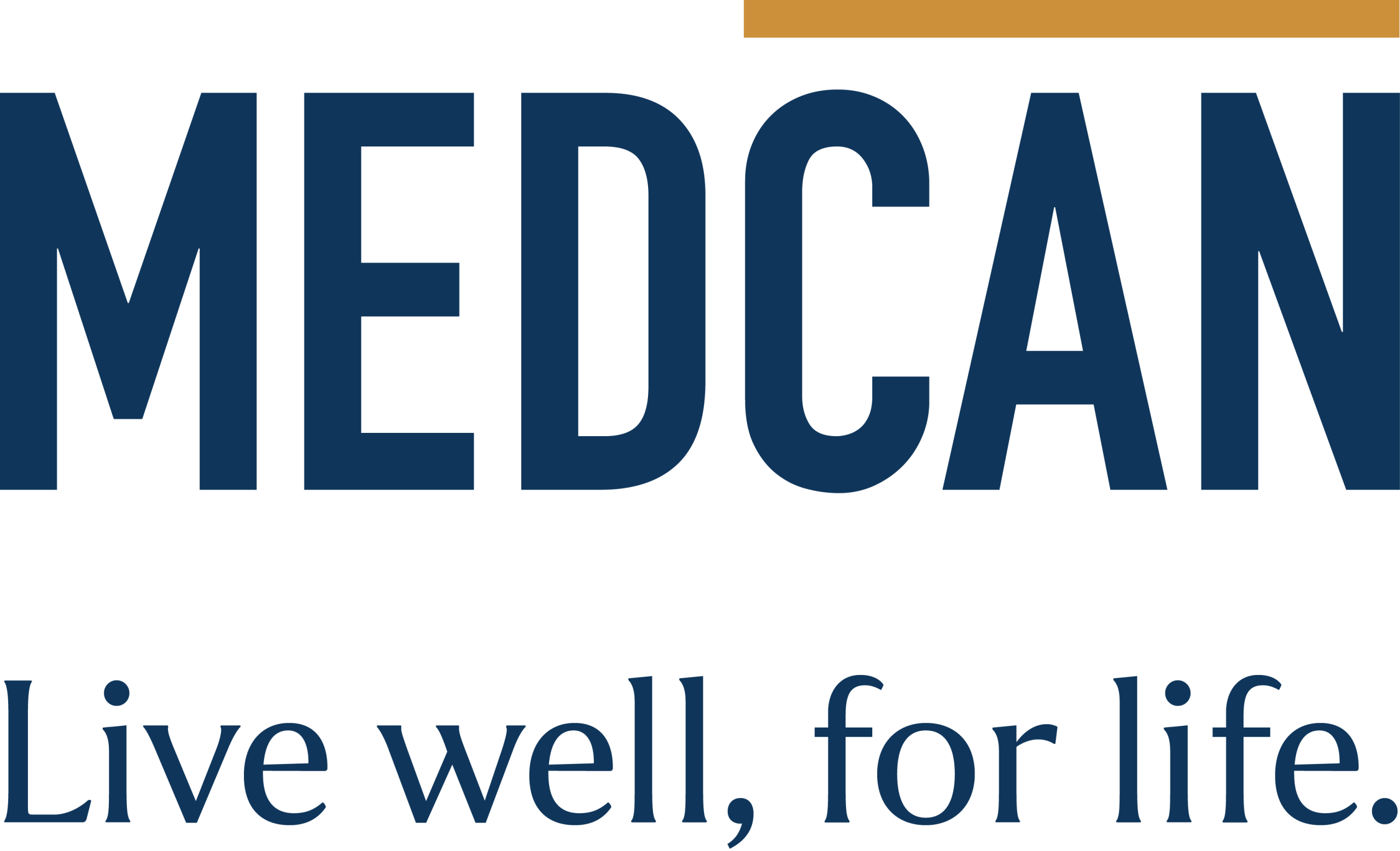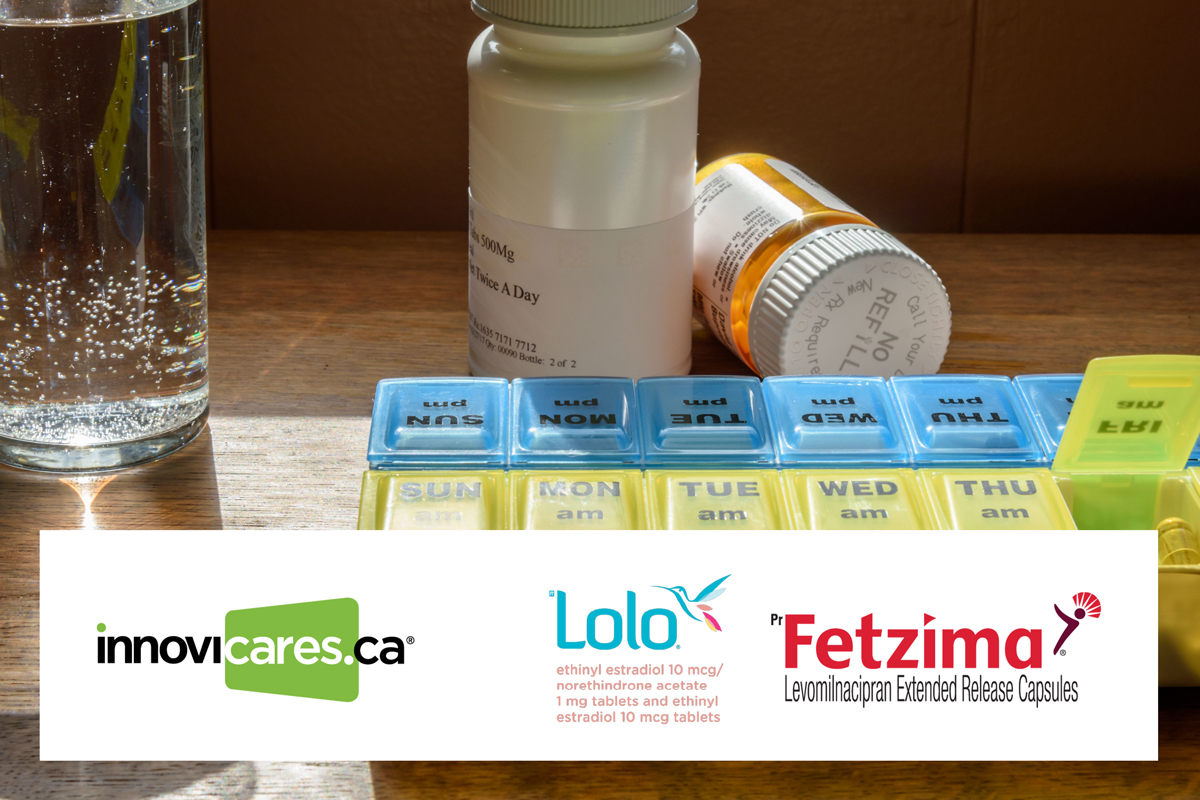The Canada Dental Care Plan (CDCP), launched to expand access to affordable dental care nationwide, is encountering significant roadblocks as clinics and patients struggle with delays, denials, and confusion over eligibility.
According to recent Health Canada data, more than half — roughly 52 percent — of pre-authorization requests submitted between November 2024 and June 2025 have been denied. These requests are primarily required for more complex dental procedures such as crowns, bridges, and partial dentures, while basic treatments like cleanings and fillings typically don’t need prior approval.
Delays, Documentation, and High Rejection Rates
To obtain approval for advanced treatments, dental providers must submit detailed documentation, including X-rays and patient charts, to Sun Life, the insurance provider contracted to manage the CDCP. However, many submissions are facing lengthy delays or outright denials.
Bruce Ward, president of the Canadian Dental Association, highlighted the unusually high rejection rates compared to private dental plans. “Dentists are submitting the same type of documentation we’d normally send to a private insurer, but we’re seeing a much higher refusal rate,” Ward said. In some cases, providers have been waiting weeks or months for feedback, only to be told additional information is required.
Health Canada attributes much of the backlog to incomplete submissions and the unexpectedly high number of applications but claims that 80 percent are now processed within seven business days.
Limited Access Despite High Enrollment
While more than 5.2 million Canadians have been approved for coverage under the CDCP, only 2.2 million had actually received dental treatment by June 2025. Many patients are arriving with years’ worth of untreated dental issues, placing further strain on already busy clinics. In Atlantic Canada, some practices are reportedly booking into spring 2026.
Preventive Care Restrictions and Coverage Gaps
Criticism has also been directed at the program’s limitations on preventive care. Donna Wells of the Canadian Dental Hygienists Association noted that adults are allowed just one hour of scaling per year, and teens are limited to 15 minutes — with requests for additional scaling frequently denied.
Reimbursement rates have been another point of contention. In many provinces, the government’s payment schedule falls short of the recommended fee guides, leaving patients to pay the difference out of pocket. Ward noted that some individuals mistakenly believe the plan will fully cover their procedures, leading to frustration when unexpected bills arrive.
Concerns Over Plan Design and Compatibility
Andrew Ostro, CEO and co-founder of PolicyMe, argues that the program’s design penalizes moderate-income earners, with co-pays reaching 40 percent for household incomes between $70,000 and $80,000, and 60 percent above that threshold. He also warns that the CDCP’s lack of integration with private insurance could backfire — employers might cancel workplace dental benefits under the false assumption employees are now fully covered, leaving many with higher costs and fewer options.
Additionally, the plan excludes certain major procedures entirely, such as full dentures, and offers reimbursement levels that Ostro describes as “well below” market rates. This could deter some dental providers from accepting CDCP patients, especially since they are under no obligation to reduce their fees for partially covered individuals.
The Path Forward
Ostro suggests that the federal government pause the rollout to address these shortcomings, improve transparency, and encourage Canadians to maintain existing dental coverage where possible.
Despite the challenges, Ward emphasizes that the CDCP has provided much-needed care to millions who otherwise could not afford it. “It’s been a game changer for many Canadians,” he said. “Yes, there are growing pains, but it has opened the door for people who’ve gone far too long without proper dental care.”





